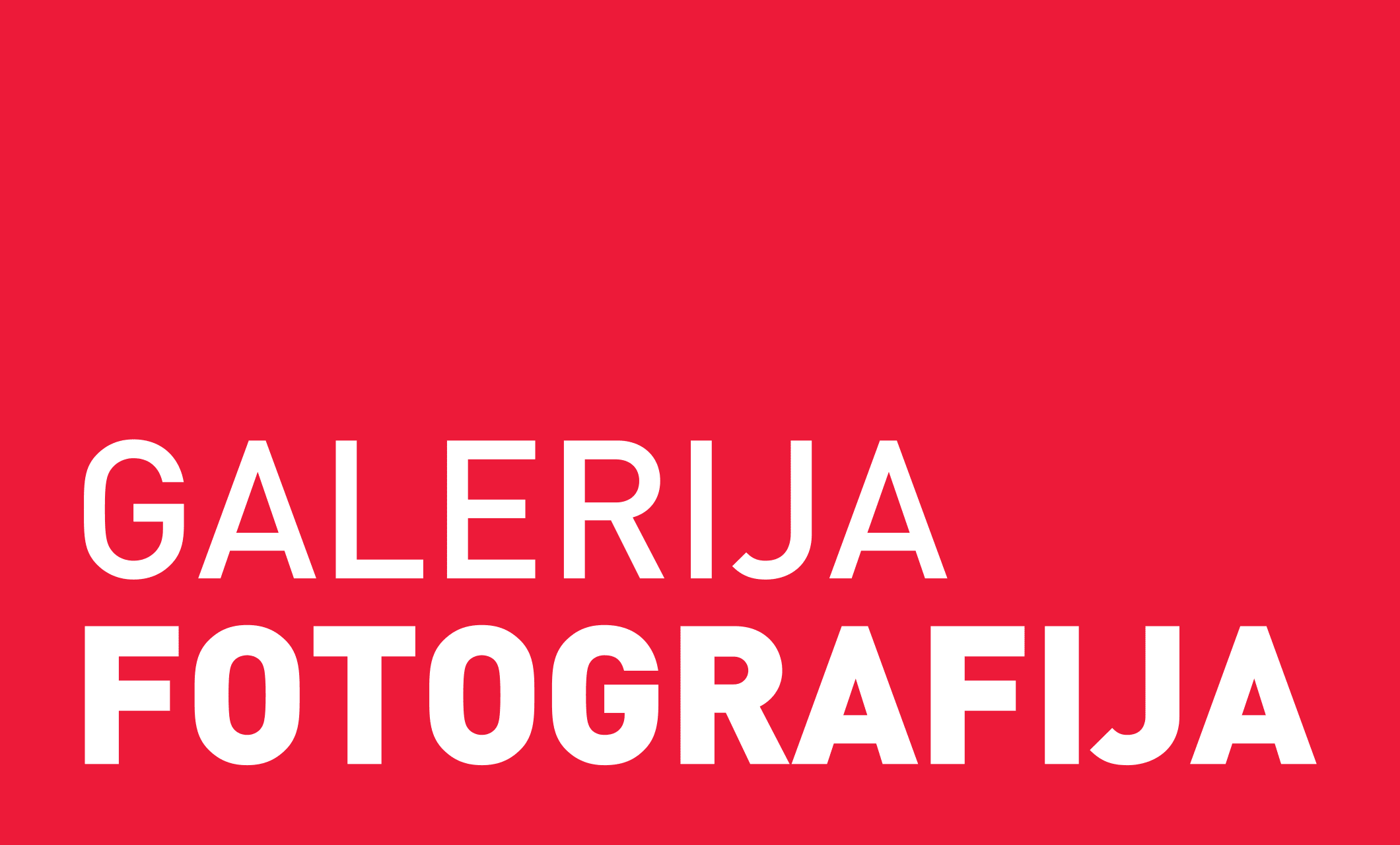Roger Ballen: The Theatre of Apparitions
During the fifty years of his artistic practice, Roger Ballen, an American photographer naturalized in Johannesburg, South Africa, developed a recognizable photographic style which acquired the term Ballenesque. The elements of Ballenesque were constructed dynamically, shifting and crystalizing through the various phases of his creative process, which is a crossbreed between painting, drawing, installation, theatre, performance and photography.
Ballenesque, apart from describing the distinguishable style of the artist, announces something intangible, nondefinable, exciting, unnerving and dark, which permeates all of Ballen’s work. It addresses the uncomfortable ambivalence which the spectator cannot comprehend through sight alone. The works reflect Ballen’s mental space, which the artist understands as a reflection of human condition in general. In his realistically imaginary space, everything is subjected to metamorphosis and transgression; it is a space devoid of order, rules, judgements, or morals. Animals, people, broken dolls, toys and other objects, no longer in use or lacking function, erratic lines, scribbles, graffiti, splashes and stains on the walls and naïve, almost child-like drawings form claustrophobic interiors. Logical construction and normative argument are replaced by excess, suspension, irrationality, the apparent randomness of elements, distortion, exaggeration, discrepancy and absurd humor. Ballen dives into the depths of his own universum (psyche), he is interested in the marginal, the edges of mentality, where real becomes imaginary, illusion becomes delusion, fact fiction, where conscious merges with subconscious, dreams become real and real becomes dreamlike. He is exploring the depths of primordial chaos, which he interprets as man’s natural state, marked by his inescapable end – death and nothingness.
The creation of The Theatre of Apparitions was marked by Ballen’s thoughts and ideas on what happens after death and how the universe came into existence out of nothingness. He found the inspiration for the appropriate way of visualizing this in a cell of an abandoned female prison in Johannesburg. Light spilled through darkly colored windows into which drawings had been carved with a sharp object. Overcome by their luminosity, Ballen (together with Marguerite Russouw) spent years experimenting with different materials, colors, sprays, resins and emulsions, their viscosity, density and composition, which would have a similar effect on glass. He later used the glass of the window as a painterly canvas, a surface on which he drew in different proportions and sequences of application. He used different sharp objects to cut, scratch and carve images into surfaces. These were created as acts of momentary inspiration, as a type of automatic drawing, and were not created to exist. The emotive, child-like drawing which Ballen develops in the process of transforming his own artistic signature and starts to use as an independent artistic medium in other projects, becomes completely independent, and photography takes on the role of a visual witness. In the formalistic sense, The Theatre of Apparitions is Ballen’s most painterly work, where contrasted photographs with pronounced grain and texture of the material present his visual documentation. Or, as Colin Rodes writes in the introduction to the book The Theatre of Apparitions:
“These are spirit drawings. In a way. They are permanent record of bubbling-up of deeper, more primal psychological realms made manifest on a surface trough the interaction between a particular individual and fluid, physical materials. Or rather, they are photographs of visual reports from some psychic elsewhere.”
Thus, The Theatre of Apparitions is some type of a visual manifestation of the voyage into the (collective) subconscious in 7 acts (Persona, Burlesque, Eros, Transmuted, Melancholy, Fragmentation, Eteral). Subconsciousness, which is inhabited by everything individual and collective, which we've seemingly tamed through societal concepts of taboos and prohibitions – the darkest urges, impulses and desires, filled with violence, sexuality, chaos and fear of destruction. The contrast between light and dark symbolises the entrance into darkness / emptiness from which apparitions emerge. The undefined in-between-space, inhabited by constantly changing hybrid beings (perhaps captured, imprisoned or lost), is dissolving the borders between outside and inside, the real and imaginary, animal and human. It represents a joining of opposites forming the same universe. Photography as the visual report of (Ballen's) psyche, which comes from somewhere else, from another world, is a reminiscence of spiritual photography and the belief that photography captures what is invisible to the eyes. Early beliefs connected to photography were accompanied by an uncertainty regarding the very process of photographing, and was based on the conviction that culture, with the help of science, has achieved the unimaginable – it allowed for a direct copy of reality and the documentation of what is invisible and most highly sought after – proof of the existence of a soul. In photography, spiritualists found the hard, indesputable proof of the existence of spirits. Rather than using an indexical approach to the visible, Ballen is interested in the manifestation of the invisible, like a latent image in photography, appearing after the appropriate procedures. Any reference to the real is completely illusory. Photography is a way of transforming the invisible into visible. He considers it as a mirror, transmitting or translating and confirming something, which we implicitly understand, but are unable to express. He uses it as a tool for psychological excavations, reflections on the mysteries of our existence and materialization, visualization of his internal cosmos, a mental landscape made universal at a certain point.
In the absurd shadow play of The Theatre of Apparitions, he feeds his imagination on the bottomless treasury of the collective unknown – mythology, archetypes, initiation ceremonies and rituals, visual art, (ancient) history and memory. We all, in some way, believe in some form of spirits. Apparitions are beings whose role is not clearly defined, they are neutral, not good or bad by default, only a trace, reminder or cry of something we may have forgotten, repressed or lost. They are what Sigmund Freud is describing in his concept of the uncanny (das Unheimlliche) and what inhibits other Ballen’s works – the terrifying which originates from the already known, the homelike; the unnerving element of the repressed rising to the surface. The plunge into nightmares and world of apparitions, however, does not bring a conclusion, epilogue, catharsis, solution or redemption even in the state of wakefulness. Even if it stems from the collective (subconscious), we each cope with an existential void in our own way.
Jasna Jernejšek







